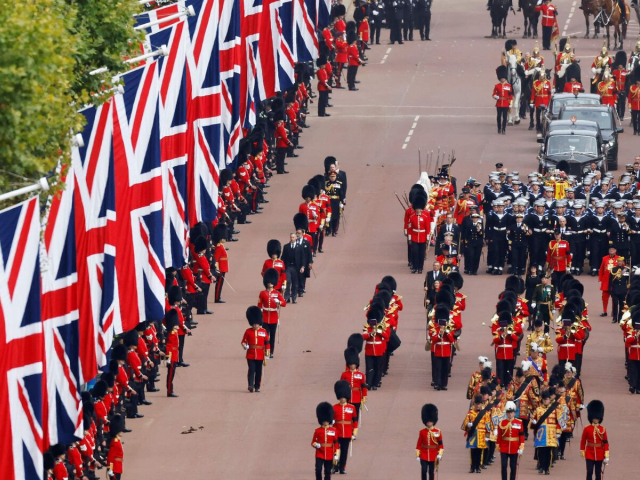
Queen Elizabeth II
Her Majesty Queen Elizabeth II died peacefully at the age of 96 on September 8. Her funeral became one of the largest in history. More than 400,000 people queued for miles to pay their respects to Britain's longest-reigning monarch on the eve of the memorial procession, which took place at Westminster Abbey. About 2,000 guests, including members of the Royal Family as well as royalty and officials from around the world, attended the service. Vast crowds gathered in London to say their last goodbye to the Queen.
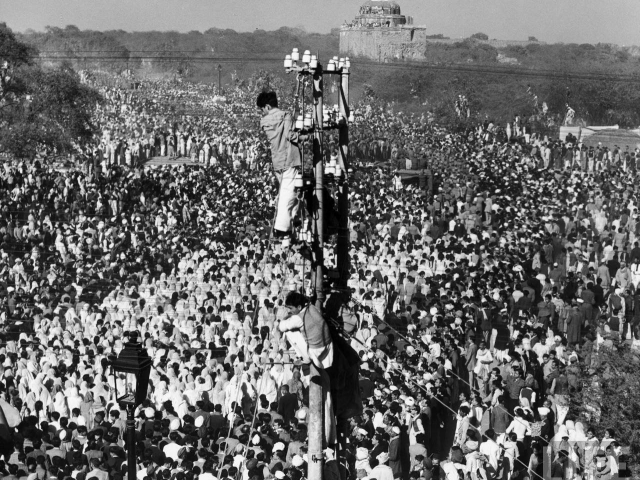
Mahatma Gandhi
Mahatma Gandhi, the primary leader of India's independence movement, was assassinated in January 1948. His death became a dreadful shock and an awful tragedy to the nation. More than 2 million Indians came to pay their final respects to the national leader. His funeral was the largest attended in Asian history. Burned on the funeral pyre in New Delhi, Gandhi's ashes were scattered over the waters of India's holiest rivers – Ganga, Jumna, and Saraswati.
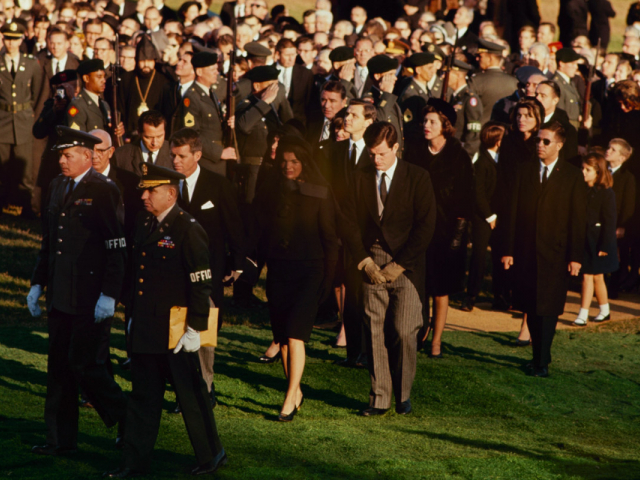
John Fitzgerald Kennedy
November 25, 1963, became one of the darkest days in US history. On that day, thousands of people gathered to lay the 35th US president to rest. John Kennedy, one of the country’s favorite presidents to date, was assassinated in Dallas, Texas, on November 22, 1963. His death came as a shock to the United States and the whole world. Officials from almost 100 countries came to pay their respects to the late president.

Winston Churchill
Sir Winston Churchill is one of the most remarkable faces in British history. The twice prime minister, he is also the laureate of the Nobel Prize in Literature. The prominent politician and public figure died after suffering a stroke at the age of 90 in 1965. This was the first state funeral for a non-royal family member. The ceremonial procession passed through the whole of central London. The coffin of Sir Winston Churchill was followed by thousands of Britons as well as the officials from 112 countries of the word.

Charles de Gaulle
Charles de Gaulle went down in history as the leader of Free France against Nazi Germany in World War II. He died suddenly in the fall of 1970, less than two weeks before his 80th birthday. Notably, Charles de Gaulle planned his funeral arrangements during his lifetime. He wanted his funeral to be a private ceremony. However, the French authorities had to arrange two memorial services to fulfill de Gaulle’s wishes because many high-ranking officials and commoners wanted to honor the late politician. Thousands came to say goodbye to the national hero.
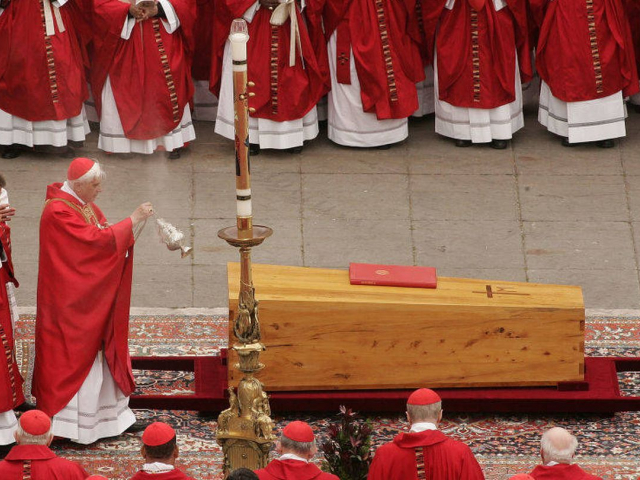
Pope John Paul II
Pope John Paul II has been the head of the Catholic Church for 26 years. His death became an absolute tragedy to the whole world. Crowds flooded the Vatican on April 8, 2005, as over 300,000 people came to mourn the loss of the spiritual leader. The funeral mess took place in St. Peter's Square, which was not big enough to accommodate all those who came to honor the life of Pope John Paul II. More than a billion people worldwide watched the memorial service live on TV.
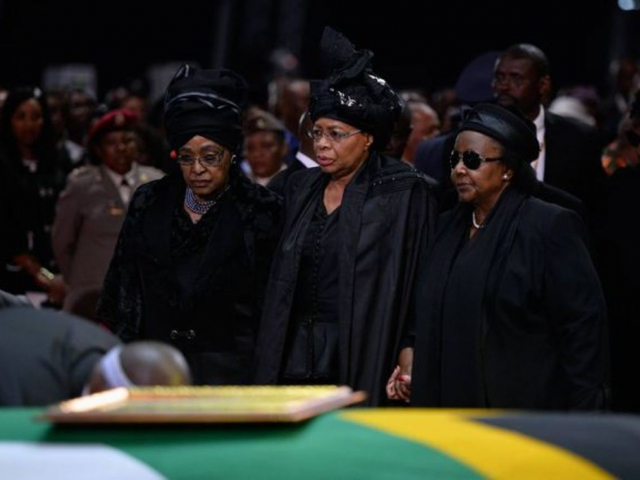
Nelson Mandela
Nelson Mandela, the legendary anti-apartheid activist and Nobel Peace Prize winner, died at the age of 95 in the winter of 2013. The first president of South Africa was buried in a private ceremony in his home village of Qunu. It was preceded by an official farewell ceremony at Soccer City, the largest stadium in South Africa. Many representatives of foreign states traveled to South Africa to attend the memorial service. Overall, as many as 100,000 people came to celebrate the life of Nelson Mandela.
 English
English 
 Русский
Русский Bahasa Indonesia
Bahasa Indonesia Bahasa Malay
Bahasa Malay ไทย
ไทย Español
Español Deutsch
Deutsch Български
Български Français
Français Tiếng Việt
Tiếng Việt 中文
中文 বাংলা
বাংলা हिन्दी
हिन्दी Čeština
Čeština Українська
Українська Română
Română
